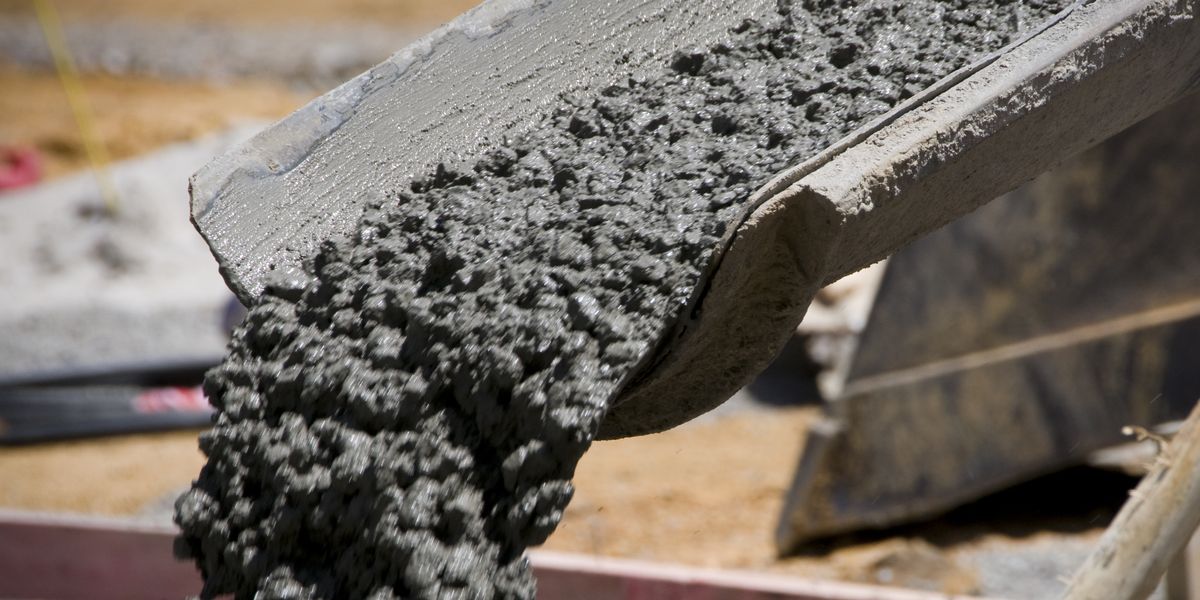For anyone who came here without reading the article to comment about the impending effects of climate change on coffee yields, do note that this proposes using spent (i.e. already used) coffee grounds. SCG currently end up in landfills and eventually get turned into carbon dioxide and methane.
The article they link about pyrolysis is worth a read too. The main source of CO2 emissions from cement production is cooking down limestone into lime IIRC. I was curious how much energy is used to turn the biomass into the end product and what waste is generated. It’s a bit too detailed for me to understand, but the process ends up with 15-25% biochar (the stuff they’re promoting in this article), some potentially useful byproducts, and some regular combustion pollution.
I guess this means I’ll need yet another, different colored wastebin just for coffee now. I mean I’ll do it if it helps, but I can only fit so many receptacles in my kitchen. Meh, I’ll just put the rest in the twins’ room.
I’m glad to see research into this. Sand for concrete is a specific type of sand (nice and bumpy so it likes to lock together like a jigsaw puzzle) and people get killed by what are basically sand cartels. This was the “legitimate” mob business in the last season of Barry.
Portland cement is about 2/5 sand, so we’ll need to start drinking more coffee! I was glad to see they’re testing other organic matter since coffee is very susceptible to climate change, ironically caused in a large part by cement production. Unless you believe the reader comment on the article begging people to realize climate change is a hoax…
And I’ve already reported it as misinformation. Nice when a website lets you report stuff without having an account.
Nice work. I tried to thumbs down it, but it wanted a log in.
It’s a shame someone can read articles from decent sources and still be so ignorant.
Quick point of clarification - concrete is about 40% sand. PortlandPortland cement is one of the other parts of concrete - it’s what actually holds concrete together. Other pozzolons, like fly ash, can make up 25-50% of the cementitious material.
FWIW, Cement is wildly energy intensive to create and produces a huge amount of CO2. We don’t have a lot of replacement options for cement (or concrete generally) because of its unique durability.
A biochar of spent coffee grounds.
Not coffee grounds.
If you don’t know what biochar is, it’s high carbon material that’s left over after burning organic matter (think:wood) slowly under low-oxygen conditions.
Biochar requires energy and emitting gases.
It seems unfair to say that we’re saving on CO2 and methane from decomposition without also counting the cost of the biochar combustion.
It seems unfair to say that we’re saving on CO2 and methane from decomposition without also counting the cost of the biochar combustion.
Biochar is still a pretty new concept, but results are promising as a potential overall carbon negative process.
Biochar has been used for 2000+ years, so it is NOT a new concept. Look up Terra Preta. This is biochar enhanced soil found in the amazon.
we should turn food waste into biochar instead of letting it turn into methane in landfills
Carbon negative when applied to soil. Making it is still a carbon releasing combustion process
EDIT okay I’m wrong they are including the production in their calculations.
I wish they had a bit about that in the article itself, but they did link another article about biochar creation and its byproducts. I linked it in another comment here.
I feel there’s a lot of assumptions here that no one actually reads articles.
I know sand is actually a precious resource when you really learn about how much concrete we make and what kinds of sand there are and which are needed for concrete.
But still, it’s strange to think that this exotic bean which will only grow in certain climates can actually be easier to get than fucking sand.
That’s just because right now used coffee is trash and sand isn’t. If you remember back when bio diesel started getting popular, all of a sudden people were stealing fryer oil from restaurants. If you see a smelly looking black dumpster behind a restaurant, that is the used fry oil.
But still, it’s strange to think that this exotic bean which will only grow in certain climates can actually be easier to get than fucking sand.
There’s different kinds of sand and concrete needs specific types to work well.
Coffee makes many things better.
The disposal of organic waste poses an environmental challenge as it emits large amounts of greenhouse gasses including methane and carbon dioxide, which contribute to climate change,
I mean, yeah, but isn’t it carbon neutral? The coffee comes from the earth, returns to the earth. And couldn’t coffee also be used for biogas?
natural sand as the particulate’s rough exterior provides more surface area for water and cement to bind
What further puzzles me is how they decided to use coffee. Surely there are many other waste products that have the required structure. Is coffee the first thing they tried?
I mean, yeah, but isn’t it carbon neutral? The coffee comes from the earth, returns to the earth. And couldn’t coffee also be used for biogas?
Yes you’re right, the overall process of a plant growing and then the plant dying and breaking down is carbon neutral. Sequestering the carbon would interrupt this process and make it carbon negative. This is generally speaking a Good Thing since so many other processes are carbon positive.
There are currently many efforts around the world looking to ramp up biochar production and use in remediating agricultural soils. For example, in many places after harvest time, leftover wheat stalks are gathered up and burned to get rid of the waste. This creates a lot of smoke and air pollution. Some companies are instead picking up the waste, transforming them into biochar and then tilling it back into the soil. https://farmland.org/biochar/
A Spent Coffee Ground project could be analogous to this.
What further puzzles me is how they decided to use coffee. Surely there are many other waste products that have the required structure. Is coffee the first thing they tried?
Could probably also use other sources of biochar. Since you’re replacing sand, it may be an advantage that the coffee grounds are already ground up very finely. I’d imagine something like wheat stalks or corn cobs might be too large to replace sand and require further processing.









